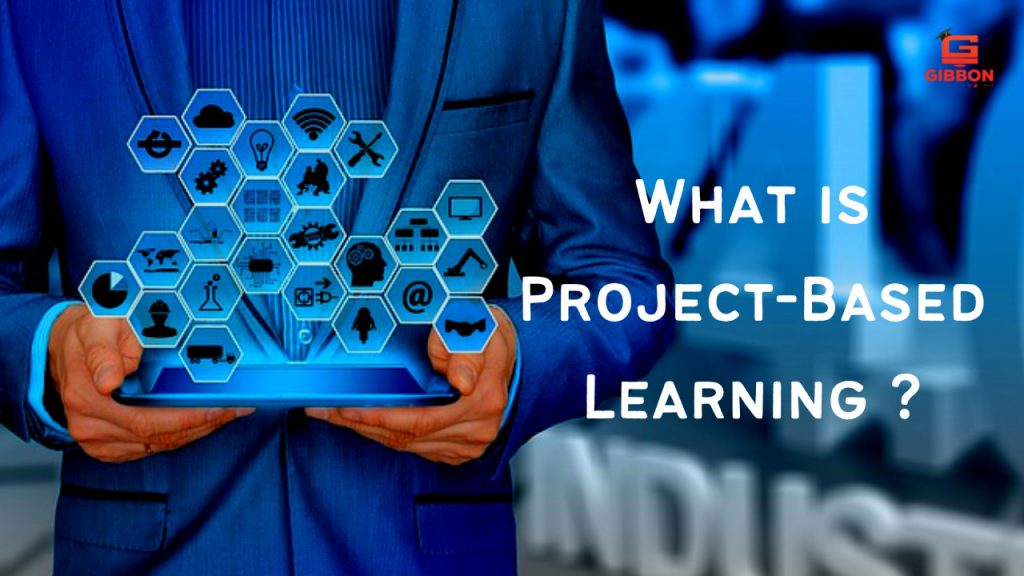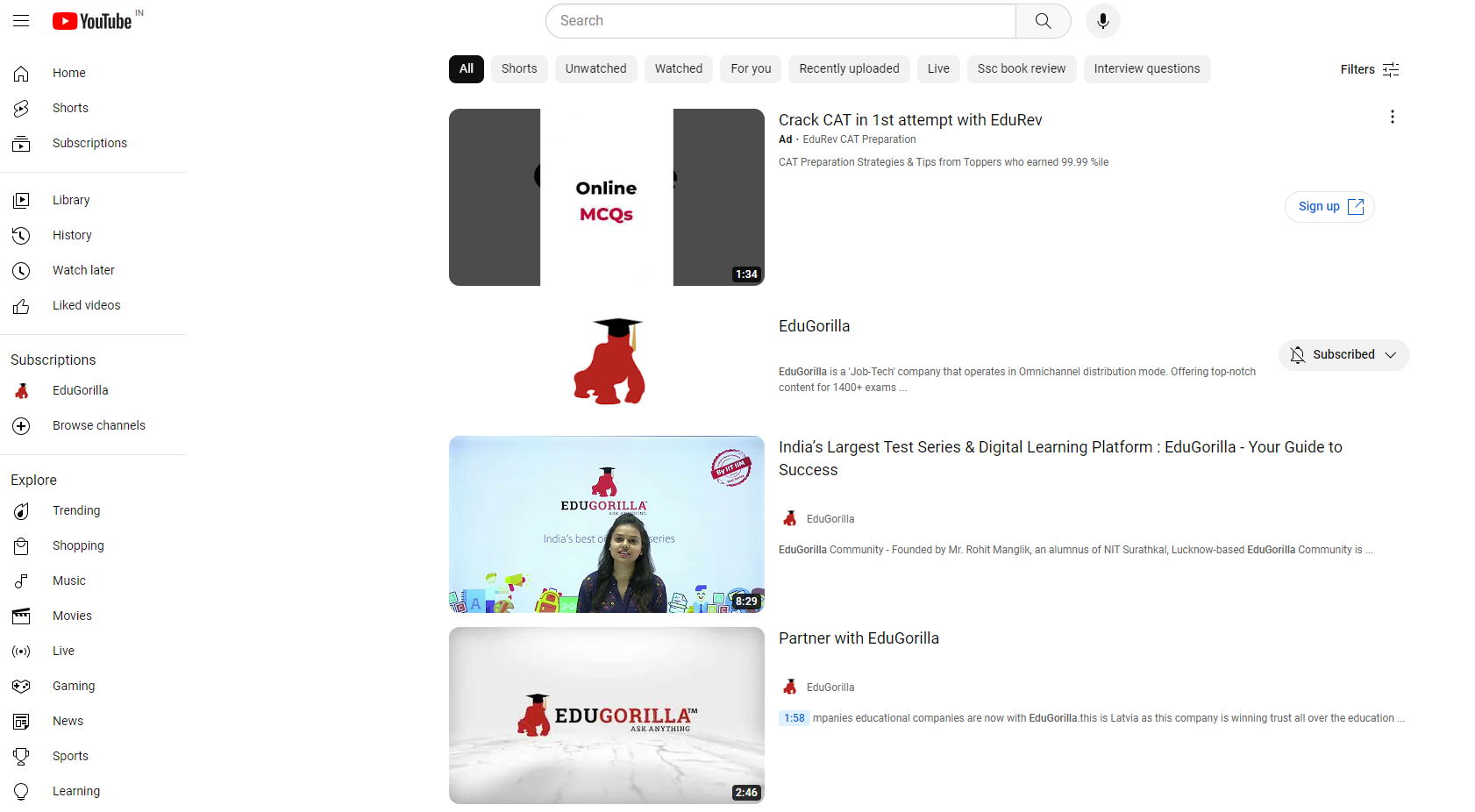Including real-time projects in the curriculum is not a fresh or innovative concept in education. However, during the last decade, the technique has grown into a more clearly defined teaching style. Researchers have established what instructors have long known: students become more interested in learning when they have the opportunity to dive into complicated, hard, and often even messy topics that closely match real life.

What is Project-Based Learning?
Project-based learning (PBL) is an educational paradigm in which students investigate interesting challenges and produce real products. Projects that improve classroom learning possibilities might range in topic matter and breadth and can be delivered at a variety of grade levels. Nonetheless, they share distinguishing characteristics. Projects emerge from difficult problems that cannot be solved via rote learning.
Students take on active roles in real-time projects such as issue solvers, decision-makers, investigators, or documentarians. Projects serve factual, major educational aims as the learnings are significant and realistic. Projects are neither diversionary activities nor supplements to the “actual” curriculum.
Reasons Why PBL Must Be Included In Academic Curriculum
Project-based learning (PBL) has several advantages for both students and teachers. An increasing amount of academic research supports the use of project-based learning in the classroom to engage students, reduce absenteeism, increase cooperative learning abilities, and boost academic achievement.
Advantages For Teachers
Advantages include increased professionalism and teamwork among coworkers and the opportunity to create relationships with students. Furthermore, many instructors are relieved to discover a model that accommodates various learners by offering a broader range of learning opportunities in the classroom. Students who gain the most from project-based learning (PBL), according to teachers, are those for whom standard teaching techniques and approaches are ineffective.
Advantages For Students
The realism of the experience lends itself to the attractiveness of this technique to learning. Students adopt the role and conduct of individuals who work in a specific discipline. Students are engaged in real-world activities that have significance beyond the classroom, whether they are creating a documentary video about an environmental concern or developing a multimedia presentation about the pros and cons of building a marketing complex.
- Attendance has increased, as has trust and understanding, and attitudes toward learning have improved.
- Academic benefits are comparable to or greater than those produced by previous methods, with students engaging in real-time projects and assuming more responsibility for their learning than during more typical classroom activities.
- Opportunities to hone difficult abilities include higher-order thinking, problem-solving, collaboration, and communication.
- Access to a greater range of learning possibilities in the classroom serves as a technique for engaging culturally diverse students.
Changes Due to Project-Based Learning
A professional development presentation presents a classroom in which the teacher effectively employs the project-based learning paradigm. In such a case:
- There is an issue provided for which there is to found a solution.
- There is a culture that accepts mistakes and changes.
- Students use a framework to make decisions.
- Students create the process for arriving at a solution.
- Students are allowed to reflect on the activities.
- Continuous evaluation takes place.
- A final product is produced and its quality is assessed.
Challenges in Project-Based Learning
Teachers who implement project-based learning (PBL) in the classroom may need to develop new teaching techniques to be successful. Having the instructor act as a guide or facilitator is not how most educators were trained, nor is it how they were taught to teach.
Methods of direct instruction that rely on textbooks and standard examinations do not perform well in the more open-ended, multidisciplinary environment of project-based learning (PBL). Teachers should instead conduct more coaching and modeling and less “telling.” The following are some of the specific issues that instructors face:
- Recognizing conditions that lend themselves to successful initiatives.
- Problems should be framed as learning opportunities.
- Collaborating with coworkers to create transdisciplinary initiatives.
- Taking charge of the learning process.
- Using technology to its full potential.
- Creating genuine judgments.
Benefits of Project-Based Learning
1. Teamwork
While working in the project-based learning (PBL) pattern, students establish meaningful relationships and collaborate to complete their projects. Not only that, but they also learn to work better in groups, taking into account other people’s ideas, contributing their own, and resolving any conflicts that develop on their own.
This allows children to form strong relationships with one another and with their professors. They also learn about the type of work they will be doing in the future.
2. Problem Solving and Critical Thinking
Students benefit from project-based learning (PBL) because it develops critical thinking and problem-solving abilities. As they work on real-time projects, they must consider all choices for their solution and think critically to select the one that would function the most efficiently and effectively.
They must approach each situation with a critical eye, ask pertinent questions, and generate potential solutions. Project-based learning also helps students to understand how to solve any potential problems and begin again if they fail. They understand that failure is not something to be feared, but rather something to be learned from and avoided in the future.
3. Work in the Real World
While traditional learning goes beyond the transmission of passive knowledge, project-based learning (PBL) prepares students to face real-world issues and perform tasks that professionals accomplish every day. This prepares students for real-world work and teaches all of the soft skills that businesses look for in employees.
4. Empowerment
Working on something real requires kids to do all of the work on their own, which forces them to develop their voice and learn to take pleasure in their work. This greatly enhances their self-esteem. They learn how to deal with hurdles successfully, how to see failure positively, how to start from scratch, and how to perform the task all over again.
This perseverance enhances their confidence, and the notion of taking responsibility for their work and celebrating their progress and triumphs gives them a sense of empowerment.

Project-Based Learning Vs. Traditional Classroom Learning
When it comes to preparing the next generation for the future, education takes precedence. Traditional classroom-based learning is being challenged by the rising complexity of our lives and civilizations. Learning technique research has opened up new vistas in Project-Based Learning (PBL). The rapidly expanding technique has piqued the interest of educators and policymakers, who want to incorporate it into their educational systems.
Students’ critical thinking and problem-solving abilities are emphasized in project-based learning (PBL). Its inquiry-based way of learning to solve issues assigned to students as projects is an example of active learning. In a nutshell, when students use what they know to address actual challenges to produce meaningful results.
A project includes a scope of work, resources, and planning activities to execute and manage resources to achieve the intended objectives. In today’s world of ever-increasing complexity, project-based learning prepares students to address real-world challenges. Here are some reasons why you should use project-based learning as a teacher, guide, educator, educationist, or student.
1. Improves the Interpersonal Skills
It has a substantial impact on students’ interpersonal skills development. Real-time projects and project-based assignments are typically more complex than assignments in traditional classroom instruction. Students must structure their efforts in arranging the survey needed for the projects, analyzing the survey data, preparing reports to reach markets, and collaborating with project sponsors. They hone their communication skills in order to collaborate with various stakeholders throughout the whole process or different phases of the project.
2. Scope of Work
The first and most important reason to embrace project-based learning (PBL) is that it allows educators, teachers, and students to learn and adapt frameworks based on real-time projects rather than traditional lecture-based learning and reading-writing assignments. Students learn to understand the complete scope of the project and arrange its execution under the supervision of their lecturers or supervisors.
3. Creativity Development
Project-based learning (PBL) fosters a deeper knowledge of topics than standard classroom-based learning and leads to increased levels of student creativity. Real-world scenarios presented in the project are more capable of capturing students’ attention and pique their interest to elicit the degree of thinking required to apply new knowledge in a problem-solving environment.
4. Determines Knowledge
In comparison to the predetermined period of the learning experience of traditional classroom-based learning, project-based learning (PBL) determines the in-depth knowledge and experience of students and, in certain cases, teachers. Students improve their abilities and knowledge through project-based learning, whereas class-based learning has a shorter period of memory-based experience generated from a rote technique.
5. Technology Inclusion
Project-based learning (PBL) is an effective method of incorporating technology into the educational system’s learning laboratory. Computers and the internet, as well as interactive whiteboards, GPS devices, and cameras, are now likely to be used in projects chosen by students based on their interests.
Reasons to Adopt a Project-Based Learning Model
- While project-based learning (PBL) can be content-specific, it also allows for the integration of numerous disciplines into a single cumulative effort. Rather than thinking about each subject in isolation, PBL pushes students to draw significant connections across academic areas.
- As educators, we must equip our pupils to tackle the challenges of today’s rapidly changing global society. PBL emphasizes a better knowledge of information through enhanced involvement, which fosters critical thinking, communication, collaboration, and creativity, often known as the Four Cs of 21st-century learning. These abilities are necessary for college, job, and life beyond high school.
- Giving learners project-based assignments is preferable to forcing them to sit in a class and listen to you talk for them. This encourages the youngsters to go out and learn on their own, giving them a deeper comprehension of the subject. Students will learn to take initiative and study more about their chosen topics in this manner. Learning should be enjoyable and engaging for youngsters, who should immerse themselves in a world of information.
Essential Elements of Project-Based Learning
Although definitions and project limitations vary by school, and PBL is frequently used interchangeably with “experiential learning” or “discovery learning,” the qualities of project-based learning (PBL) are obvious and consistent, and they reflect the spirit of John Dewey’s instrumentalism. The PBL model is comprised of the following seven characteristics:
- Focuses on a broad and open-ended inquiry, challenge, or problem that the student must investigate, respond to, and/or solve.
- Introduces what pupils should know, comprehend, and be able to do academically into the equation.
- Is inquiry-based, encourages inherent curiosity, and produces questions while assisting students in their quest for answers.
- Critical thinking, communication, cooperation, and creativity, among other abilities, are used and learnings are significant and realistic.
- Incorporates student choice into the process.
- Allows for criticism and adjustment of the plan and project, much as in real life.
- Students must explain their challenges, research process, techniques, and outcomes in the same way as scientific research or real-world projects must stand up to peer review and constructive criticism.
- PBL is undoubtedly the best way to engage students in meaningful projects or performance challenges that are connected to real-world occupations and experiences.
- Project-based learning (PBL) follows a flexible, diversified format in which students can work individually or collaboratively in person or electronically. Performance assignments are particularly effective when pupils do not all have access to the same resources.
A brief Internet search yields several other ideas and instances of virtual information presentation. Record your talks, for example, utilize other films, publish online readings and other materials, form small online study groups, and so on. Kids will also require virtual responses and continuous online communication with you and one another. Remote learning simplifies the promotion of student choice, the development of digital citizenship skills, and the extension of learning to match students’ interests and requirements.
ABOUT GIBBON
Gibbon is a Plug and Play solution offered by EduGorilla, for anyone with a skill to teach. Gibbon helps you to take your classes online and earn independently.
- Gibbon gives you the ability to conduct & record LIVE classes, host unlimited video courses, provide online mock tests, and conduct online tests with LIVE proctoring abilities.
- Gibbon also provides you ready-made content of 1600+ Competitive, Entrance, and Academic exams from around the country.
- Gibbon helps you reach out to more students online and get a complete marketing setup.
- We have helped more than 3000 Brands, 10000 Institutes, 20000 Teachers and 2 Crore Students, transform their education and future.
Gibbon stands for “Online-Ready Teachers for a Future-Ready India”.
To get started, book your free demo now.






